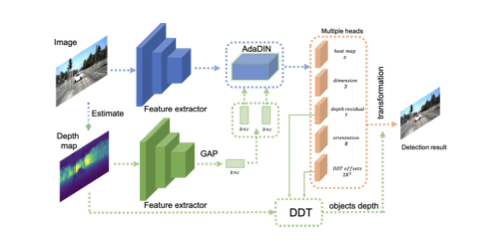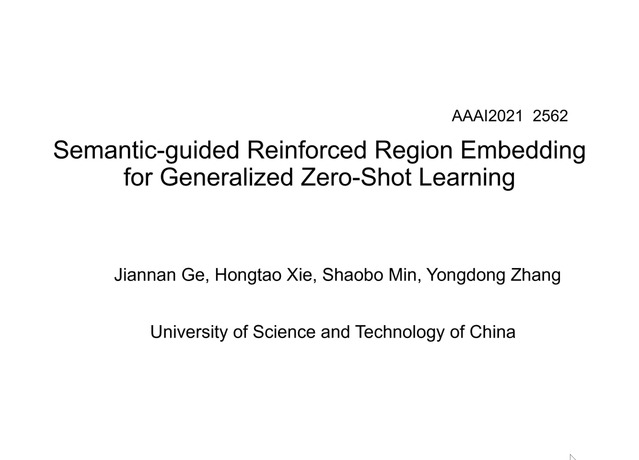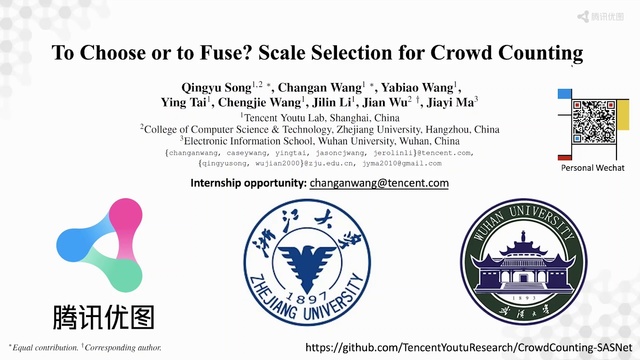Abstract:
Recent studies have demonstrated the effectiveness of warping in transferring unique textures to the output of the pose transfer networks. However, due to the mutual dependencies of image features and pixel locations, joint estimation of flow map and output image is very likely to get stuck in local minima. Current solution is limited to offline estimation of the maps. However, this way the flow is generated without interaction with the embodiment parts of the generative model, causing it to struggle with the occlusion parts of the samples. To address the issue, we introduce a patch generation module which acts as a mediator between the output and flow map estimations, cutting their mutual dependencies while encouraging the flow maps to merely concentrate on regions that are not correctly generated by the patch estimations, regions like clothing with unique colors or textures that due to the scarcity of data can not be properly learned during the training phase of the network. Our patch generation module benefits from two individual experts on removing the visible parts of the source sample which disappear in the target view and drawing those invisible parts which appears in the novel view of the sample. Experimental results demonstrate that our method outperforms the state-of-the-arts on two well-known databases; Deepfashion and Market1501









































